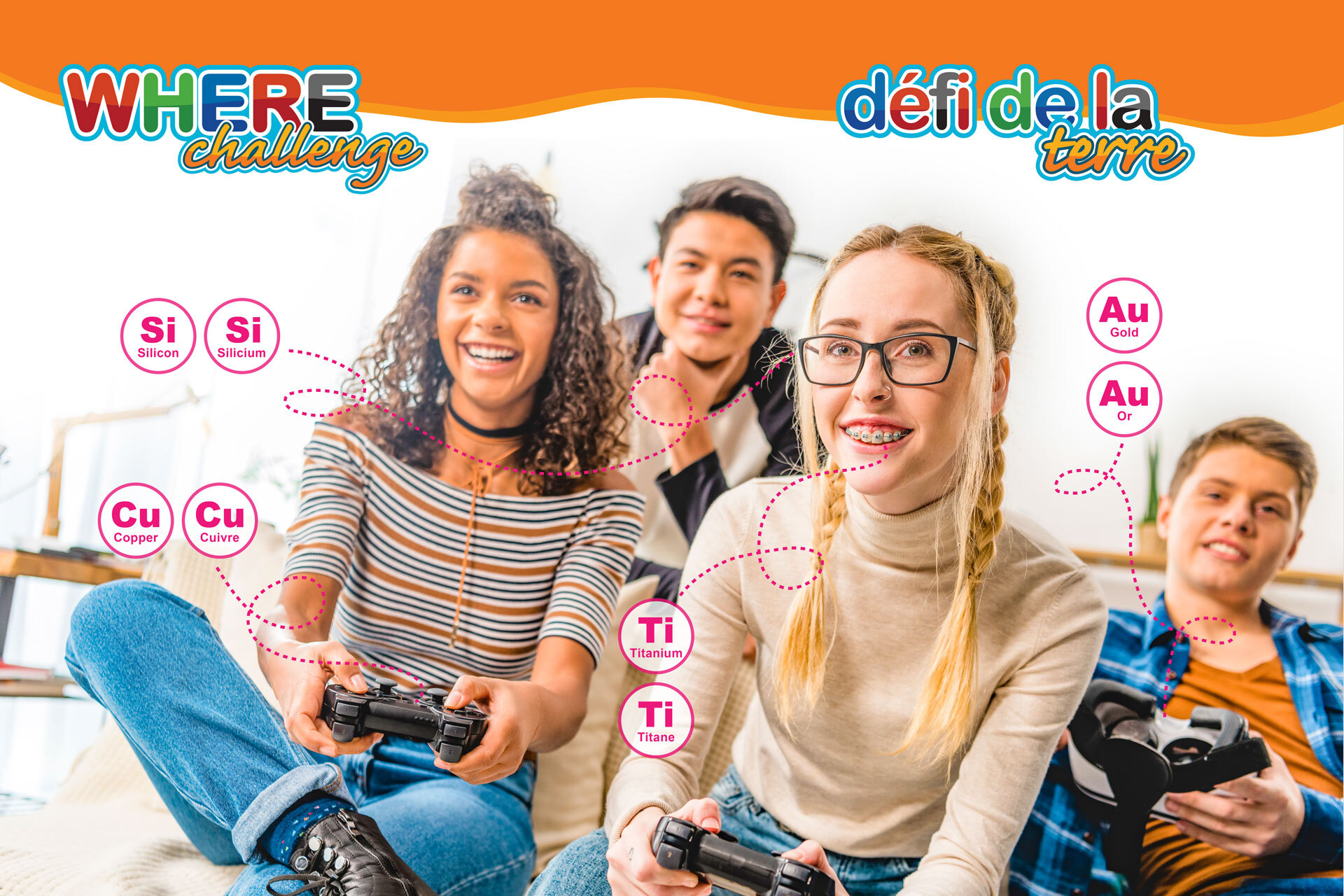

Thank you for your interest in the WHERE Challenge! We're currently making some updates and temporarily deactivating the website as we work on securing a new contest sponsor. We apologize for any inconvenience and appreciate your understanding.
If you or your organization are interested in sponsoring the WHERE Challenge and supporting this exciting opportunity, please don't hesitate to contact Mining Matters at info@miningmatters.ca. We look forward to bringing the WHERE Challenge back soon with your support!

Le site Web du Défi de la Terre est temporairement en construction
Merci de l'intérêt que vous portez au Défi de la Terre ! Nous procédons actuellement à quelques mises à jour et devons par conséquent désactiver temporairement le site Web d’ici à ce que nous trouvions un nouveau commanditaire pour le concours. Nous sommes désolés des inconvénients que cela pourrait occasionner et nous vous remercions de votre compréhension.
Si vous ou votre organisation souhaitez commanditer le Défi de la Terre et soutenir cette initiative passionnante, n'hésitez pas à contacter Une mine de renseignements à info@miningmatters.ca. Nous avons hâte de retrouver bientôt le Défi de la Terre grâce à votre soutien !